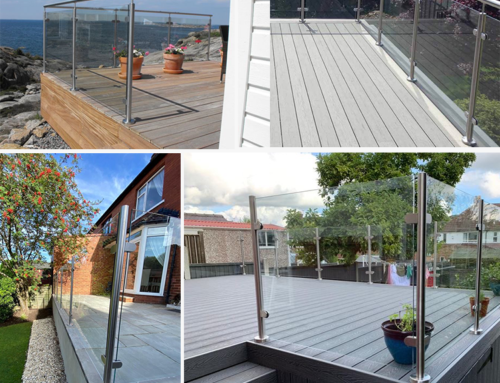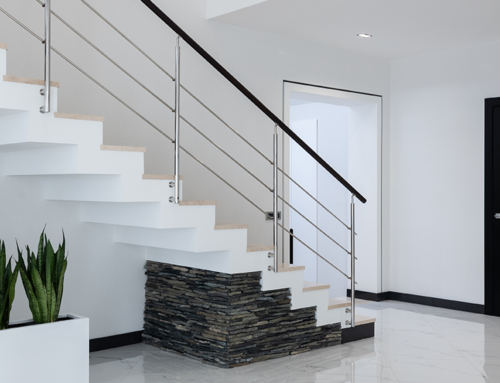Stainless steel is the abbreviation of stainless and acid-resistant steel. For example, steel that is resistant to air, steam, water and other weakly corrosive media is call stainless steel, also, steel that is resistant to chemically corrosive media is call acid-resistant steel. Stainless steel pipe is widely use in railing and staircase. It also use together with pipe, it is a trend of modern building.
Usually divide into metallographic organization:
Usually, according to the metallographic structure, ordinary stainless steel is dividing into three categories: austenitic stainless steel and ferritic stainless steel, martensitic stainless steel. Based on these three basic structures, for specific needs and purposes, they are derived duplex steels, precipitation hardening stainless steels, and high-alloy steels with an iron content less than 50%.
-
Austenitic stainless steel
The matrix is mainly austenitic with a face-centered cubic crystal structure. It is non-magnetic and is mainly strengthen by cold working stainless steel. Meanwhile, the American Iron and Steel Institute uses the 200 and 300 series of numbers, such as 304.
-
Ferritic stainless steel
The matrix is mainly composed of ferrite with body-centered cubic crystal structure, which is magnetic. Stainless steel that generally can’t be harden by heat treatment, but can be slightly strength by cold working. The American Iron and Steel Institute uses 430 and 446 as the label.
-
Martensitic stainless steel
The matrix is martensite, which is magnetic. The mechanical properties of stainless steel can be adjust by heat treatment. The American Iron and Steel Institute uses the numbers 410, 420 and 440. Martensite has an austenite structure at high temperatures and is cool at an appropriate rate. At room temperature, the austenite structure can be transformed into martensite.
-
Austenitic-ferritic stainless steel.
The matrix has a two-phase structure of austenite and ferrite, and the content of the less phase matrix is generally greater than 15%, which is magnetic. Stainless steel that can be strengthen by cold working, and 329 is a typical duplex stainless steel. Comparing with austenitic stainless steel, dual-phase steel has higher strength, and has significantly improve resistance to inter granular corrosion, NaCl stress corrosion and pitting corrosion.
-
Precipitation hardening stainless steel.
The stainless steel whose matrix is austenite or martensite, and can be harder by precipitation hardening treatment, is mark by the 600 series of numbers by the American Iron and Steel Institute, such as 630, which is 17-4PH.
Generally speaking, in addition to alloys, the corrosion resistance of austenitic stainless steel is relatively excellent. In a less corrosive environment, ferritic stainless steel can be using. And in a mildly corrosive environment, if the material is request to have high strength or high hardness, martensitic stainless steel and precipitation hardening stainless steel can be using.
Stainless steel pipe is widely use in railing and staircase. It also use together with pipe, it is a trend of modern building.






Leave A Comment